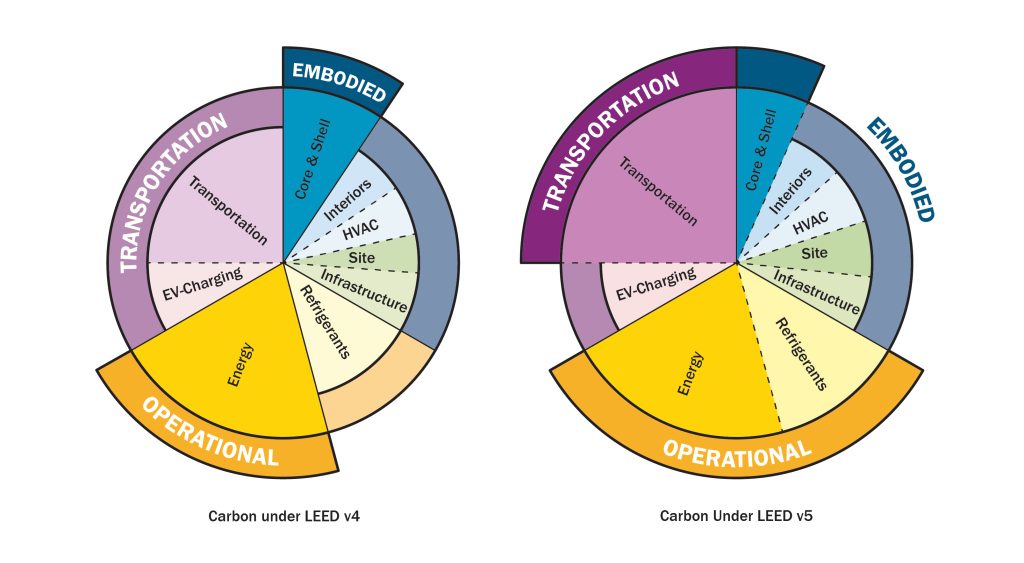The Future of Carbon Neutral Design – 6 Years Later
Atelier Ten’s shift to total carbon thinking reshapes the way we work with clients, consultants, and communities. As we move carbon from a compliance metric to a core design driver, we position projects to not only minimize impact, but to actively contribute to a climate-positive future.
Six years ago, Atelier Ten’s 2019 article, “The Future of Carbon Neutral Design,” introduced a forward-thinking methodology for operational carbon which urged the industry to move beyond energy minimization and towards true operational carbon neutrality. At the time, our focus was on driving operational emissions toward zero through efficiency, on-site generation, storage, and smart controls.
A lot has changed since 2019. The COVID-19 pandemic reframed how we view workspaces and well-being. Political shifts influenced funding priorities. And at Atelier Ten, our approach to carbon has expanded to include a wider range of emission sources and to emphasize co-benefits of resilience, human experience, wellness, and equity.

CAPTION: Atelier Ten adopts a Cradle-to-Cradle Whole Life Carbon approach, encompassing the following life cycle stages: A1–A3 (product stage), A4–A5 (construction stage), B1–B5 (use stage), B6–B7 (operational energy and water), and C1–C4 (end-of-life), as illustrated above.
Aligning with upcoming LEED v5 requirements and ASHRAE 240P “Quantification of Life Cycle Greenhouse Gas Emissions of Buildings,” Atelier Ten urges projects to shift toward a total carbon approach — knitting together previously piecemealed embodied, operational, transportation and site carbon into a Whole Life Carbon perspective.
CAPTION: Under LEED v5, life cycle assessments are no longer optional. Projects will need to compile a holistic 25-year carbon story that stitches together operational, embodied, transportation, and refrigerant emissions using data collected in related carbon credits.
While design and construction teams are increasingly adept at implementing strategies to reduce operational carbon through energy efficiency and electrification, and minimizing embodied carbon in construction materials, few have embraced whole life carbon. By adopting this holistic view early in design, we can prioritize reductions across all emission sources, quantify carbon tradeoffs, and address lesser known emissions categories.
